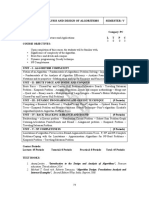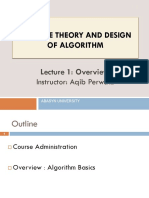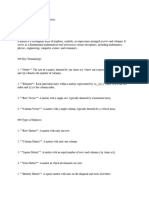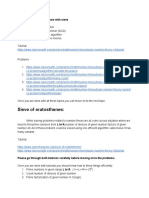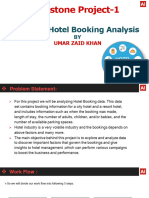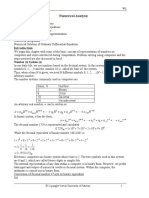0% found this document useful (0 votes)
33 views3 pagesAlgorithm Design Notes
The document outlines a course on algorithm design, detailing program and course outcomes, lesson plans, teaching methodologies, and evaluation strategies. It emphasizes the importance of algorithms in problem-solving, introduces computational tractability and asymptotic notations, and discusses methods for solving recurrences. Additionally, it provides references for textbooks and materials relevant to the course.
Uploaded by
Amaresh SwainCopyright
© © All Rights Reserved
We take content rights seriously. If you suspect this is your content, claim it here.
Available Formats
Download as PDF, TXT or read online on Scribd
0% found this document useful (0 votes)
33 views3 pagesAlgorithm Design Notes
The document outlines a course on algorithm design, detailing program and course outcomes, lesson plans, teaching methodologies, and evaluation strategies. It emphasizes the importance of algorithms in problem-solving, introduces computational tractability and asymptotic notations, and discusses methods for solving recurrences. Additionally, it provides references for textbooks and materials relevant to the course.
Uploaded by
Amaresh SwainCopyright
© © All Rights Reserved
We take content rights seriously. If you suspect this is your content, claim it here.
Available Formats
Download as PDF, TXT or read online on Scribd
/ 3






























